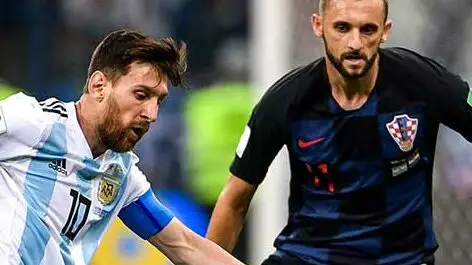Cap
What is a Cap in Soccer?
A term used to define how many international games a player has played. The term was invented in England where players were given a physical cap to honor their involvement in an international game.
Depending on the national team or football association, players may now only receive physical caps for special milestones, for example, a 1st, 50th or 100th international match.
What are the requirements for earning a cap?
For a player to be eligible to be given a cap, firstly they must be called up to their FIFA recognized senior international team. There are many opportunities for a player to earn a cap as this can be achieved playing in competitions such as the World Cup or other continental tournaments, also including qualifying rounds and friendlies.
However, an international call-up does not guarantee a cap as the player is required to play some part in the match. This can be either starting the international match or coming on as a substitute at any point in the game.
If a player achieves these things a cap is awarded no matter how many minutes they play in the match.
A first cap means a soccer player’s first international appearance for their country. Therefore, they are ”capped” for the first time.

Physical caps in soccer
Physical caps are still awarded in soccer, and are usually used as milestone achievements. Whilst caps are less of a commodity in soccer than they used to be, they are still awarded in a physical format to players on their milestone achievements.
This is done at the discretion of the national soccer association itself, as some associations choose not to award physical caps. Some notable milestone achievements can include things such as appearing 50 times or 100 times in the national team.
Who has the most caps in soccer?
Bader Al-Mutawa of Kuwait is presently the most-capped active international player, with 188 caps. He received his first cap in 2003.
International matches happen less frequently than national matches, so with less opportunity to be on a national squad, it’s even more impressive when a player amasses a large number of caps.
